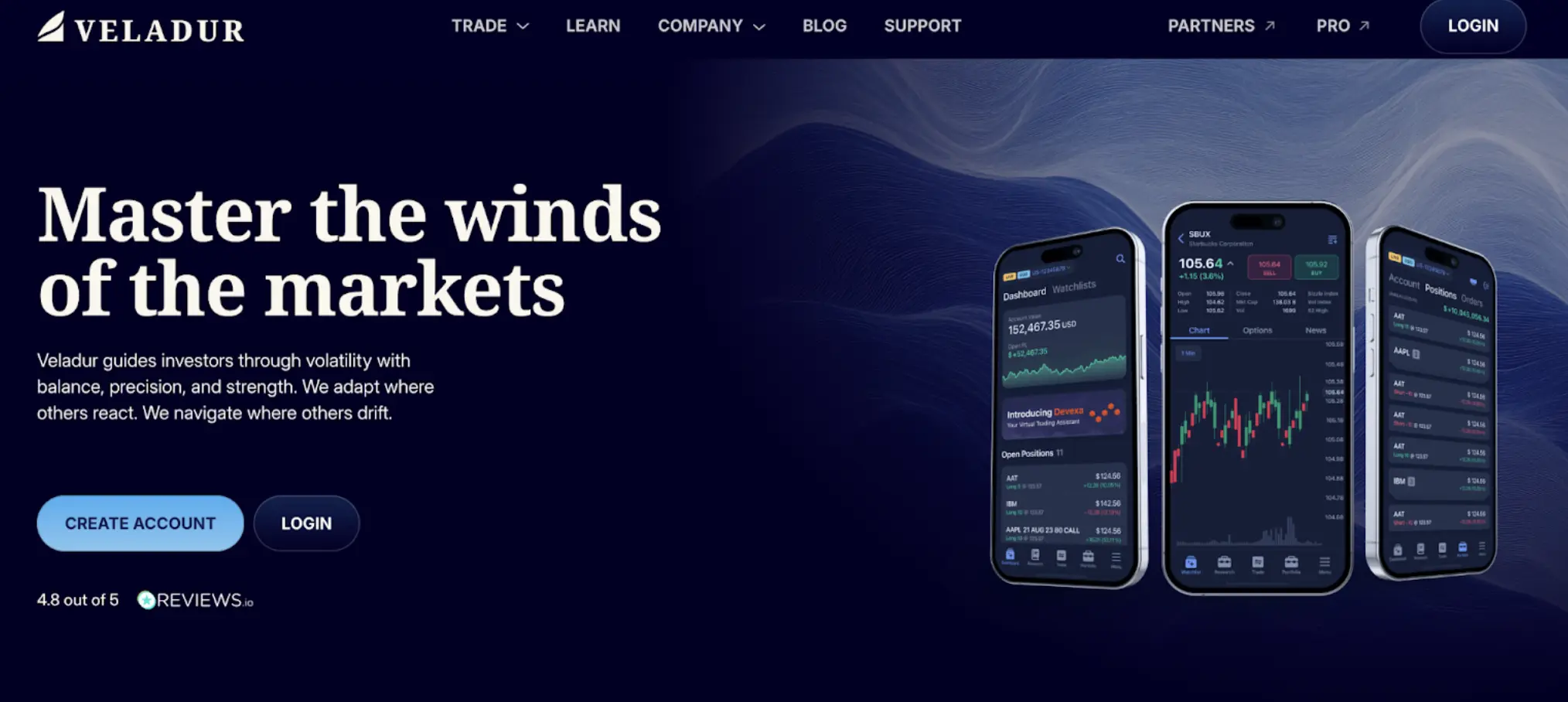Summary: Our weekly Commitment of Traders update highlights future positions and changes made by hedge funds and other speculators across commodities and forex during the week to July 5. A week where financial markets continued to price in the risk of recession, and with the dollar hitting a multi-year high, the commodity sector ended up being the hardest hit with heavy net selling cutting bullish bets to a two-year low.
Commodities
The exodus out of commodities which gathered pace following the early June US CPI chock and subsequent 0.75% rate hike from the FOMC, accelerated last week. The near 9% slump in the Bloomberg Commodity index, led by energy and grains, helped trigger a 24% reduction in bullish commodity bets held by hedge funds to just 956k lots, a two-year low and down 57% since the recent peak in February. The change was driven by an equal amount of long liquidation and not least fresh short selling on a combination of technical selling and traders hedging the recession threat through shorting growth dependent commodities from energy to industrial metals.
Several commodities saw their net long slump to one year lows with net short positions being held across a handful of commodities such as natural gas, PGM’s, copper and cocoa. Biggest reductions seen in crude oil, gold, soybeans, corn and sugar.


Energy: Speculators cut bullish crude oil bets by 22% to 344k lots, a 26-month low with WTI and Brent both seeing heavy net selling, not only from long liquidation but also fresh short selling. A sign that traders have started to adopt a more balanced view on the market following the tight market led surge earlier in the year. While sanctions and under investments are likely to prolong the current energy crisis, the risk of a recession driving down demand has changed the focus. In addition, China’s zero Covid tolerance has further postponed an expected economic revival from the world’s largest consumer of commodities and biggest importer of crude oil. Signs of slowing demand for fuel products, not least in the US, also helped drive long liquidation across the three major product futures of gas oil, diesel and gasoline.
Metals: Demand for gold, both from hedge funds via futures and investors via Exchange-traded funds suffered another reduction during the reporting week, driven by a combination of falling commodity prices reducing forward inflation expectations, loss of momentum attracting fresh short selling, the stronger dollar and not least the recent drop in silver prices in response to the price slump hitting the industrial metal sector. Overall speculators cut bullish gold bets by 43% to 27k lots, a three-year low, primarily driven by fresh short selling. Silver meanwhile had the bears in the driving seat as the net short position reached a three-year high at 8k lots. Despite a 10% price drop the selling appetite in copper was relatively muted with the net short position holding steady at 26k lots, lowest since March 2020 when the pandemic pulled the rug underneath the market.
Agriculture: A near 12% slump in the Bloomberg Grains index helped drive another week of long liquidation across the sector. From a combined net long above 800k lots in early April heavy long liquidation has since driven the total down by 52% to an eight-month low at 391k lots. Corn suffered the biggest amount of selling followed by soybeans and wheat, the latter seeing a return to a small net short as the price returned to levels seen before the Ukraine war. In softs, the sugar long was cut to a two-year low at 43k lots, down 82% from the April peak, the cocoa short extended to a three-year high while continued cotton long liquidation cut the net to a one-year low. Coffee managed to go against the trend with a small price uptick supporting a small amount of net buying.


Forex
Broad dollar strength, in some cases to fresh multi-year highs only managed to drive a relatively small increase in bullish dollar bets, perhaps given the time of year when many speculators cut positions ahead of their summer break. The gross dollar long against nine IMM currency futures and the Dollar index climbed by 12% to $20 billion, well below recent peaks when the greenback traded at lower levels than now. Buying, however, was broad with all the major currencies seeing net selling, led by EUR, CAD, AUD and BRL.


What is the Commitments of Traders report?
The COT reports are issued by the U.S. Commodity Futures Trading Commission (CFTC) and the ICE Exchange Europe for Brent crude oil and gas oil. They are released every Friday after the U.S. close with data from the week ending the previous Tuesday. They break down the open interest in futures markets into different groups of users depending on the asset class.
Commodities: Producer/Merchant/Processor/User, Swap dealers, Managed Money and other
Financials: Dealer/Intermediary; Asset Manager/Institutional; Leveraged Funds and other
Forex: A broad breakdown between commercial and non-commercial (speculators)
The reasons why we focus primarily on the behavior of the highlighted groups are:
- They are likely to have tight stops and no underlying exposure that is being hedged
- This makes them most reactive to changes in fundamental or technical price developments
- It provides views about major trends but also helps to decipher when a reversal is looming
Source: COT: Commodity exodus gathers pace as markets tank | Saxo Group (home.saxo)

















































































